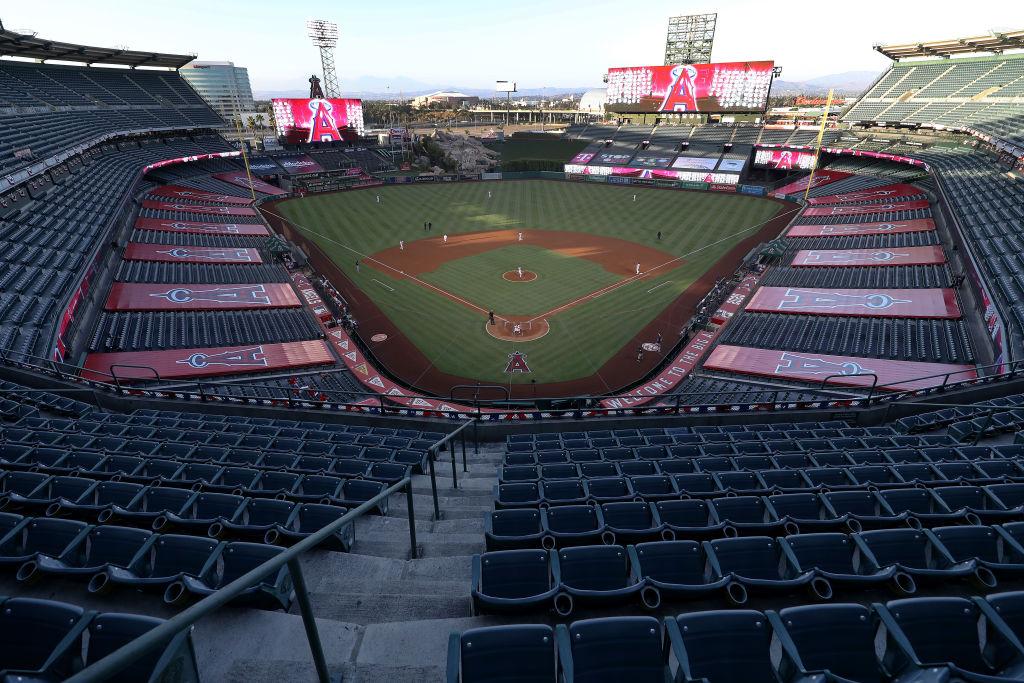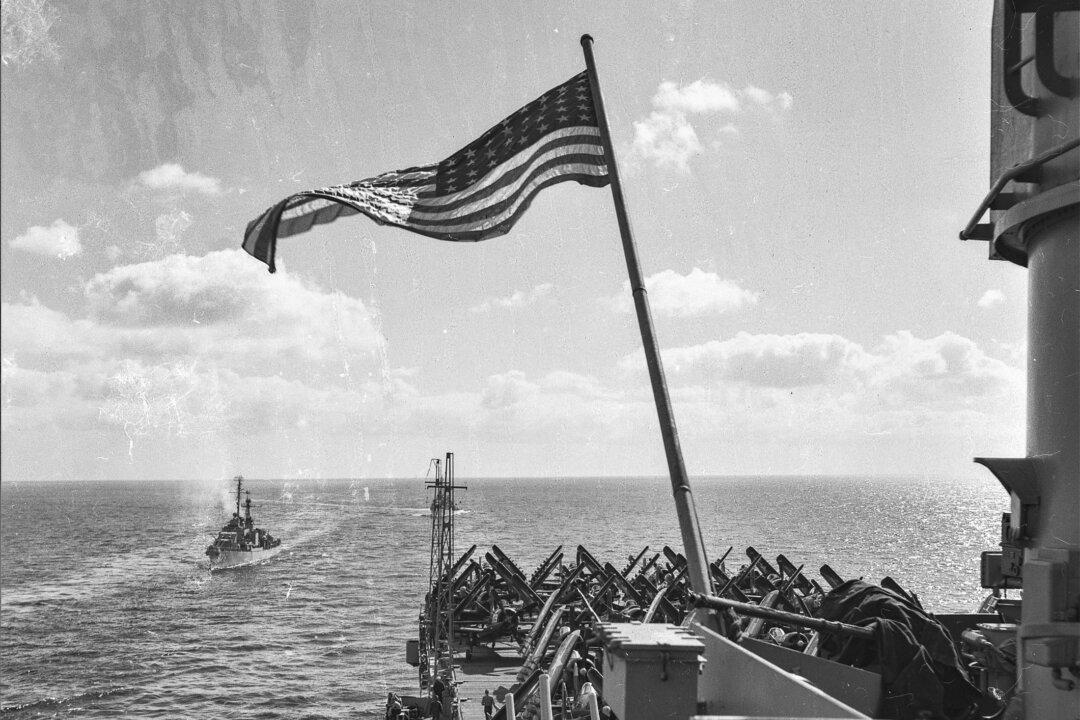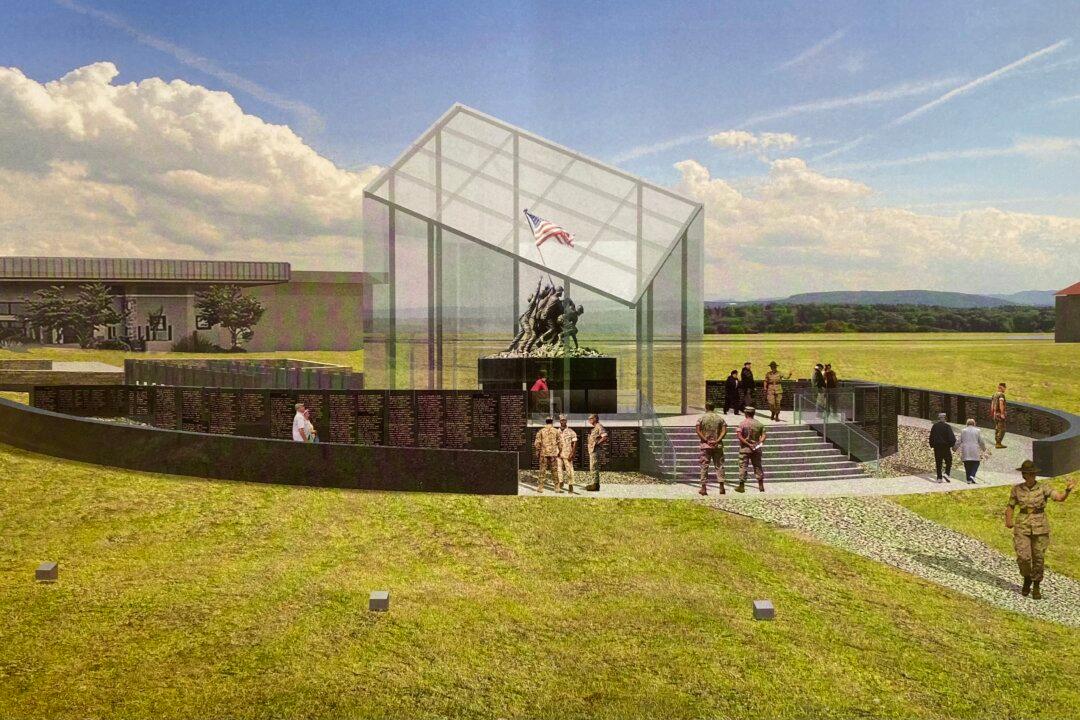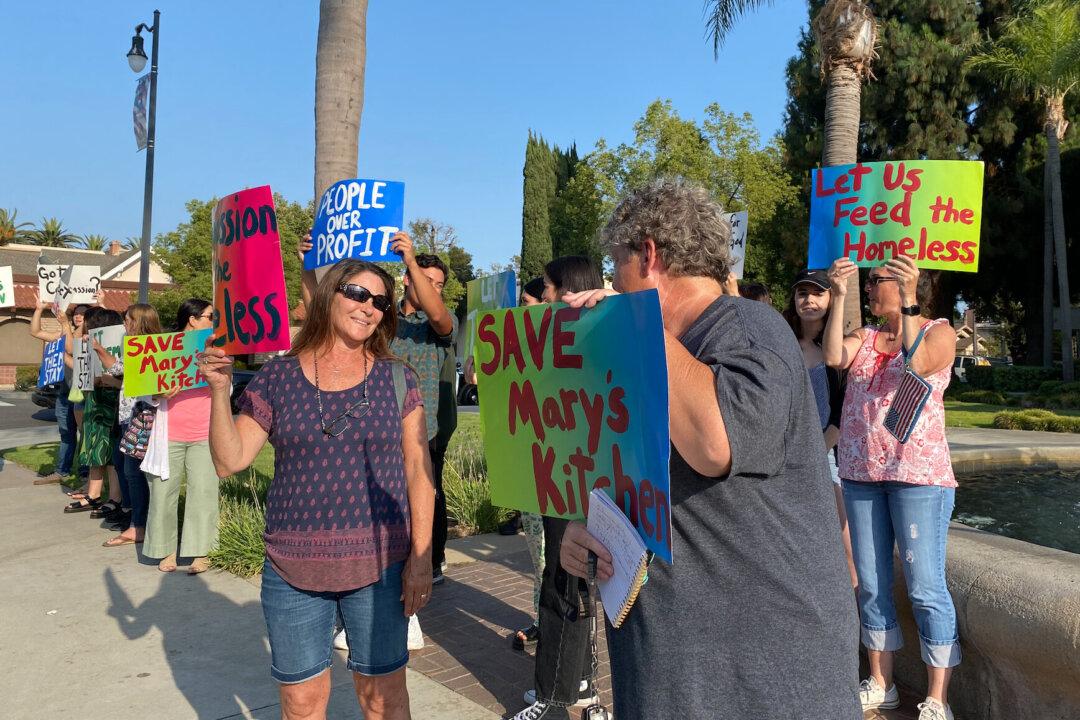In Anaheim, California, the Big A refers to more than just the 230-foot-tall, haloed-A structure standing boldly in front of Angel Stadium.
The Big A: 2050 refers to the deal to sell the stadium—and the 152 acres of city-owned land on which it sits—to SRB Management, a company owned by Arte Moreno, who also owns the Angels.





